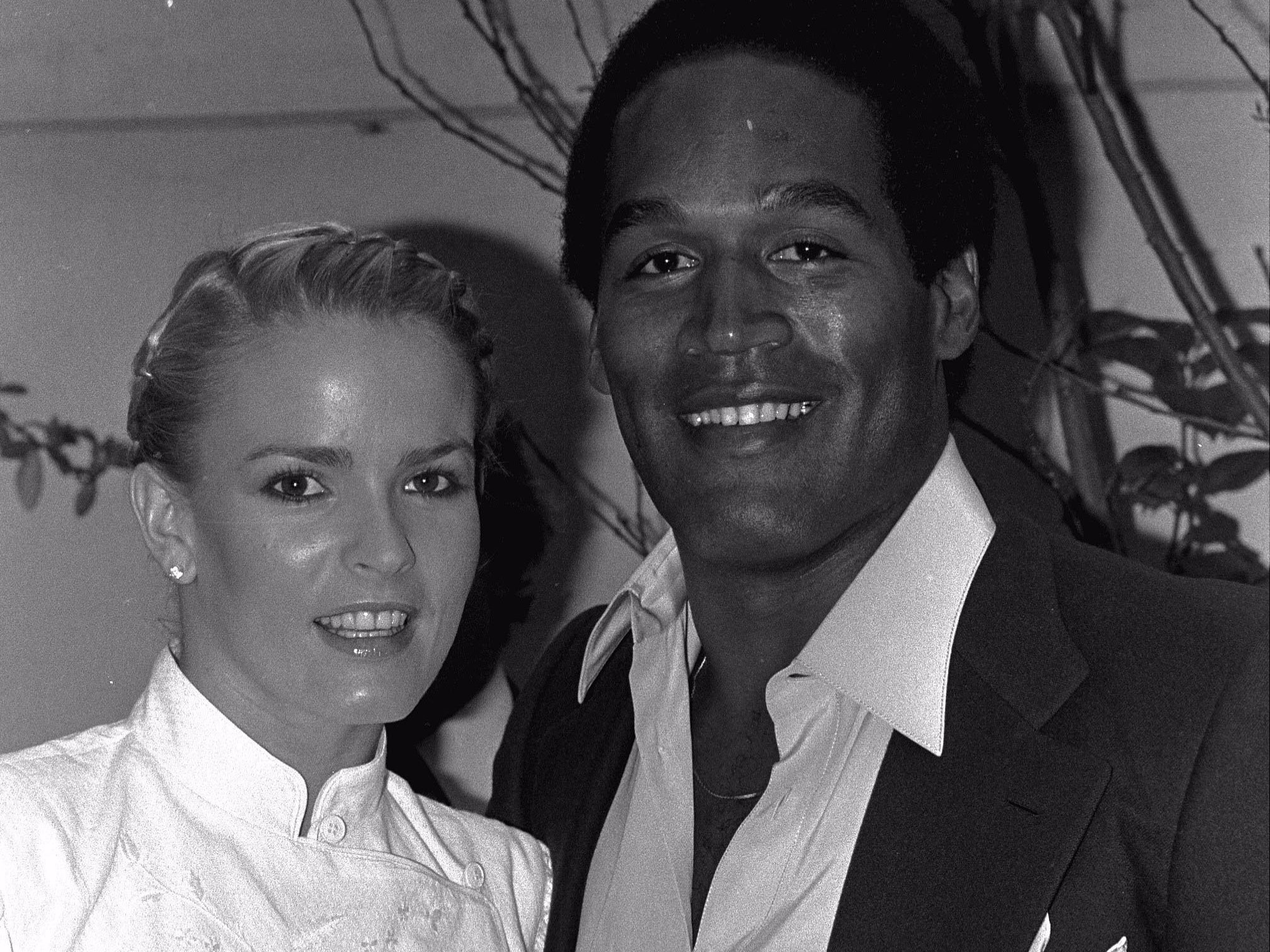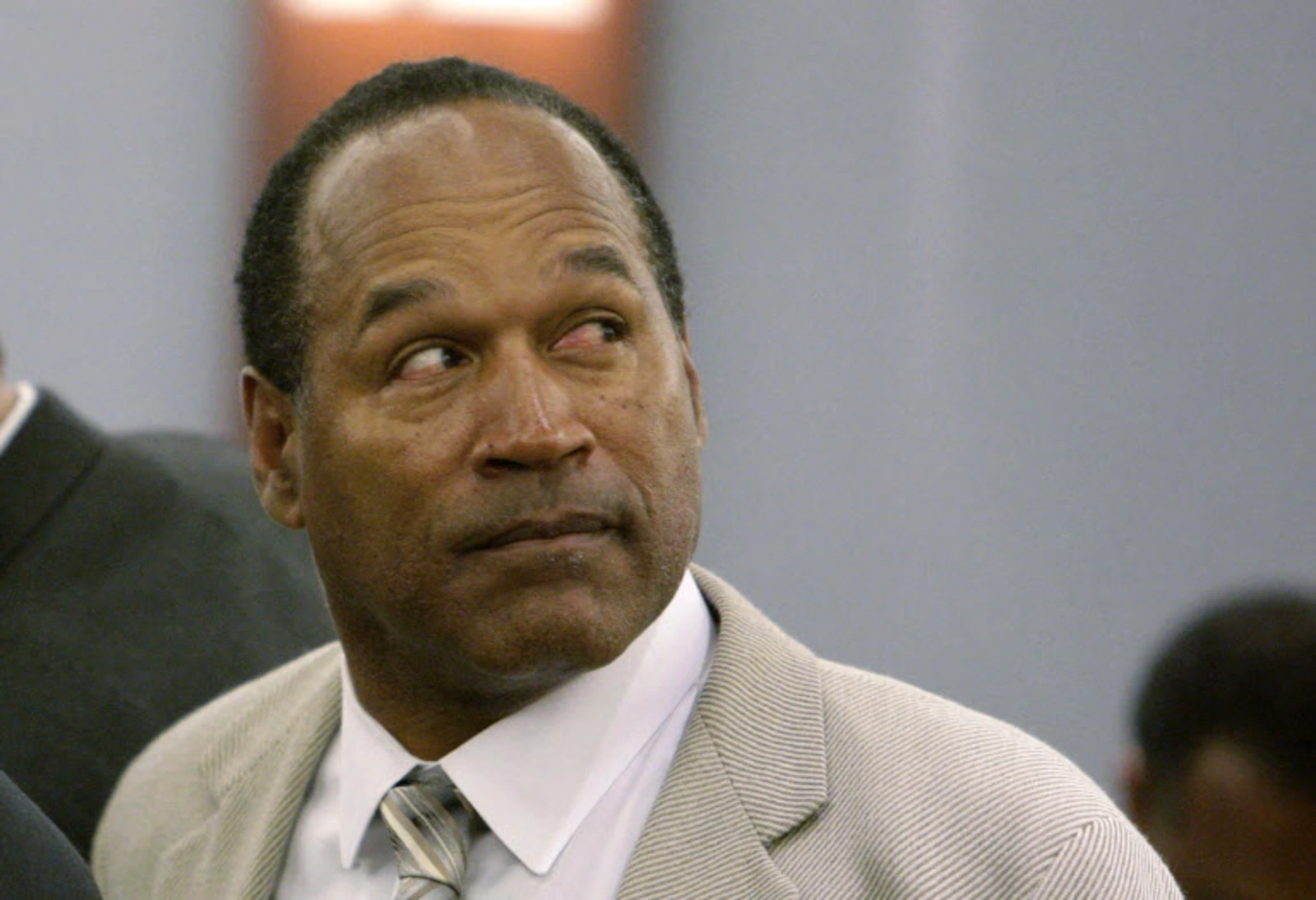O.J. Simpson Evidence: A Deep Dive Into The Most Controversial Trial
When you hear the name O.J. Simpson, it's hard not to think about one of the most talked-about legal cases in American history. The trial was more than just a courtroom battle—it was a cultural phenomenon that captivated millions. The evidence in the O.J. Simpson case remains a topic of debate even today, and it's impossible to ignore how it shaped the justice system and public perception. So, buckle up because we're diving deep into the evidence that made this trial unforgettable.
The O.J. Simpson trial wasn’t just another case on the docket. It was a spectacle that had people glued to their TV screens, dissecting every detail, every piece of evidence, every testimony. The evidence presented during the trial became the centerpiece of discussions, debates, and even conspiracy theories. It's one of those cases where the evidence wasn’t just about proving guilt or innocence—it was about trust, bias, and the flaws in the justice system.
Now, if you’re here, you’re probably curious about the evidence that played a key role in this trial. And trust me, there’s a lot to unpack. From DNA to the infamous glove, the evidence in this case was both compelling and controversial. Let’s explore the facts, the controversies, and why this case still resonates with people today. Ready? Let’s get into it.
- Olivia Peet The Untold Story Behind Ludvig Abergs Partner
- Rapper Dog Names Inspired By Mase Hip Hop Icons
Table of Contents
- Biography of O.J. Simpson
- Key Evidence in the Trial
- DNA Evidence Explained
- The Infamous Glove
- Witness Testimonies and Their Impact
- Defense Strategy: How They Used Evidence
- Flaws in the Prosecution's Case
- Public Perception and the Role of Media
- Legal Implications of the Evidence
- Conclusion: What We Learned
Biography of O.J. Simpson
Before we dive into the evidence, let’s take a quick look at who O.J. Simpson is. Born on July 9, 1947, in San Francisco, California, Orenthal James Simpson, better known as O.J., was a star athlete, actor, and broadcaster. His career in sports was nothing short of legendary, earning him the nickname "The Juice." Below is a quick snapshot of his life:
| Full Name | Orenthal James Simpson |
|---|---|
| Date of Birth | July 9, 1947 |
| Place of Birth | San Francisco, California |
| Profession | Former NFL player, actor, and sports broadcaster |
| Education | University of Southern California (USC) |
Key Evidence in the Trial
Alright, let’s talk about the meat of the case: the evidence. The O.J. Simpson trial was packed with evidence that both supported and contradicted the prosecution’s claims. Here are some of the most significant pieces of evidence:
- Blood Evidence: Blood samples were found at the crime scene and on Simpson’s property. This was one of the most critical pieces of evidence, but its handling became a major point of contention.
- The Glove: A leather glove found at the crime scene was presented as evidence linking Simpson to the murders. However, during the trial, it famously didn’t fit Simpson’s hand, leading to the iconic phrase, "If it doesn’t fit, you must acquit."
- Footprints: Footprints matching Simpson’s shoe size were found near the crime scene, adding to the prosecution’s case.
DNA Evidence Explained
DNA evidence played a crucial role in the O.J. Simpson trial. It was one of the first high-profile cases where DNA was used extensively. The prosecution argued that DNA found at the crime scene matched Simpson’s, but the defense countered by questioning the handling and integrity of the samples.
- Lil Peeps Final Days Eerie Posts Amp Tragic Death Details
- Gary Oldman From Oscar To Sirius Black Beyond
Let’s break it down:
- Crime Scene DNA: Blood samples taken from the crime scene contained DNA that matched Simpson’s.
- Simpson’s Property: DNA evidence was also found on items at Simpson’s home, including a bloody sock.
- Contamination Concerns: The defense team argued that the evidence could have been contaminated, casting doubt on its validity.
The Infamous Glove
Now, we can’t talk about the O.J. Simpson trial without mentioning the infamous glove. This leather glove, found at the crime scene, was supposed to be the smoking gun linking Simpson to the murders. However, during the trial, when Simpson tried it on, it didn’t fit. The defense used this moment to their advantage, turning it into a rallying cry for reasonable doubt.
Here’s the kicker: the glove might not have fit due to swelling or improper handling, but the damage was done. The image of Simpson struggling to put on the glove became a symbol of the trial’s flaws.
Witness Testimonies and Their Impact
Witness testimonies are always crucial in any trial, and the O.J. Simpson case was no exception. The prosecution called several witnesses to testify against Simpson, including law enforcement officers, forensic experts, and even Simpson’s former friend, Kato Kaelin.
However, the defense did an excellent job of discrediting these testimonies, pointing out inconsistencies and biases. For example:
- Mark Fuhrman: A detective whose racist remarks were exposed during the trial, damaging the prosecution’s credibility.
- Kato Kaelin: Simpson’s houseguest, who provided key testimony but was portrayed as unreliable by the defense.
Defense Strategy: How They Used Evidence
The defense team, led by the legendary Johnnie Cochran, had a brilliant strategy. They didn’t just focus on disproving the prosecution’s evidence; they also worked to create a narrative that painted Simpson as a victim of a racist and corrupt justice system.
Here’s how they used the evidence:
- Challenging Evidence Integrity: The defense questioned the handling and storage of evidence, suggesting contamination and tampering.
- Highlighting Racial Bias: They exposed racial bias within the LAPD, particularly through the testimony of Detective Mark Fuhrman.
- Creating Reasonable Doubt: By pointing out flaws in the prosecution’s case, they successfully planted seeds of doubt in the jury’s minds.
Flaws in the Prosecution's Case
While the prosecution had a strong case on paper, several flaws weakened their argument:
- Evidence Handling: Mishandling of evidence, including blood samples, raised questions about its validity.
- Witness Credibility: Key witnesses, like Mark Fuhrman, were discredited, undermining the prosecution’s case.
- Failure to Address Racial Issues: The prosecution underestimated the impact of racial bias on the jury’s perception.
Public Perception and the Role of Media
The O.J. Simpson trial wasn’t just a legal battle; it was a media circus. The case was covered extensively by news outlets, with every detail dissected and debated. Public perception was heavily influenced by the media, and opinions were often divided along racial lines.
Here’s how the media played a role:
- Sensationalism: The media often sensationalized the trial, focusing on drama rather than facts.
- Racial Divide: The trial highlighted deep-seated racial tensions in America, with many African Americans viewing it as a battle against systemic racism.
- Impact on Justice System: The trial brought attention to flaws in the justice system, prompting discussions about reform.
Legal Implications of the Evidence
The O.J. Simpson trial had far-reaching legal implications. It set precedents for how evidence is handled, how witnesses are questioned, and how juries are instructed. The case also highlighted the importance of expert testimony and the need for transparency in evidence collection.
Key takeaways include:
- Evidence Integrity: Proper handling and documentation of evidence are crucial to avoid contamination.
- Expert Testimony: Expert witnesses play a vital role in explaining complex evidence to the jury.
- Jury Instructions: Clear and concise instructions help jurors understand their responsibilities.
Conclusion: What We Learned
In conclusion, the O.J. Simpson trial was more than just a legal case; it was a reflection of societal issues, including race, justice, and media influence. The evidence presented during the trial was both compelling and controversial, shaping public opinion and legal practices.
So, what did we learn? We learned that evidence, while crucial, is only as good as its handling and presentation. We learned that bias, whether racial or institutional, can affect the outcome of a trial. And we learned that the justice system is far from perfect, but it’s a work in progress.
Now, it’s your turn. What are your thoughts on the evidence in the O.J. Simpson trial? Leave a comment below or share this article with your friends. Let’s keep the conversation going!


Detail Author:
- Name : Mr. Jayson Krajcik DVM
- Username : cnicolas
- Email : vblock@yahoo.com
- Birthdate : 2003-06-04
- Address : 14345 Bauch Coves Suite 404 Littelport, MA 02219
- Phone : +1-408-610-8320
- Company : Hilpert, Rogahn and Ortiz
- Job : Sculptor
- Bio : Sunt ut est vel eum qui. Sunt quo voluptatem vel ea nam dolores ratione. Saepe consequatur consequatur dolores quia quisquam.
Socials
facebook:
- url : https://facebook.com/klocko2022
- username : klocko2022
- bio : Natus est voluptatem eligendi dolorem quos sed voluptatum consequuntur.
- followers : 5267
- following : 996
instagram:
- url : https://instagram.com/ewald.klocko
- username : ewald.klocko
- bio : Quae dolores facere quia similique itaque. Culpa aut officia assumenda neque tenetur.
- followers : 363
- following : 2827
tiktok:
- url : https://tiktok.com/@ewaldklocko
- username : ewaldklocko
- bio : Natus exercitationem omnis voluptatem deserunt.
- followers : 4949
- following : 300